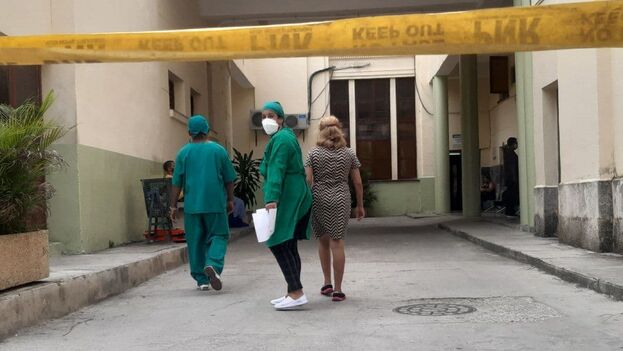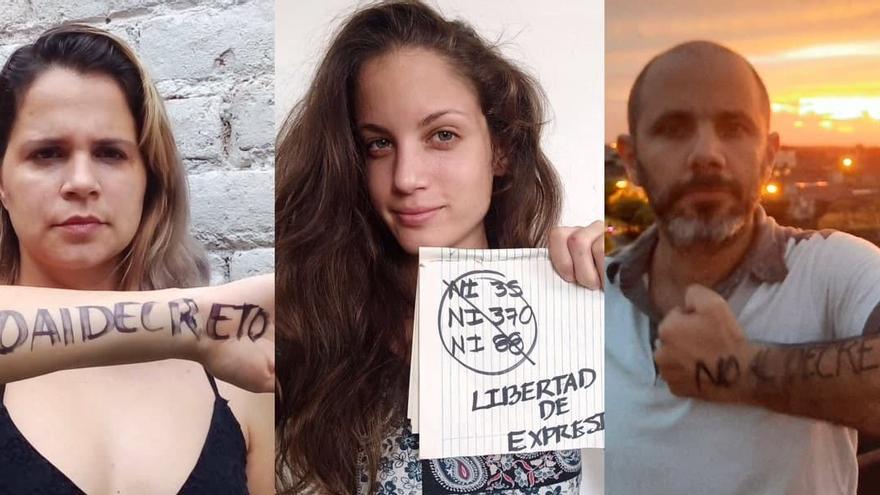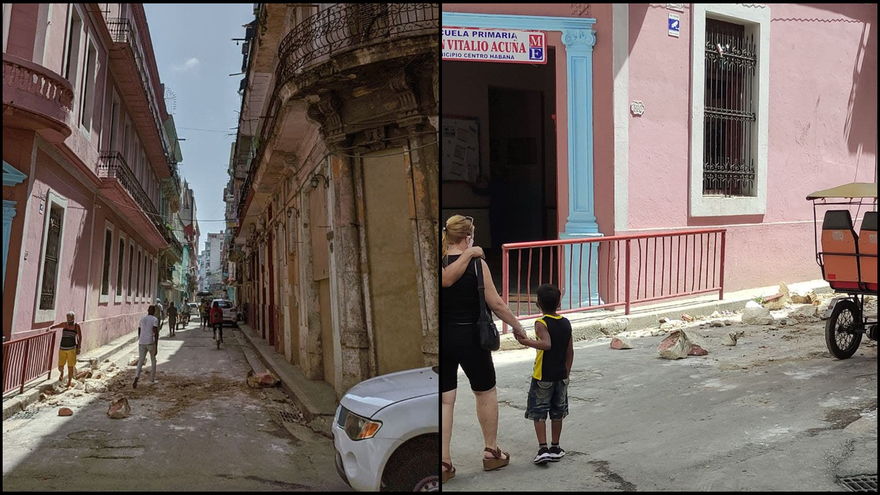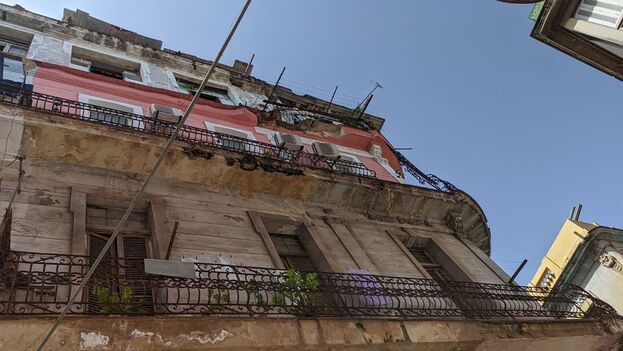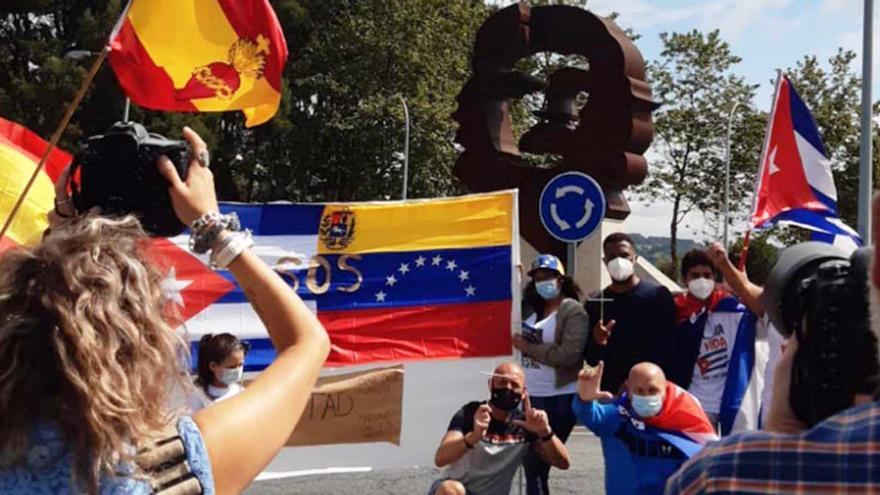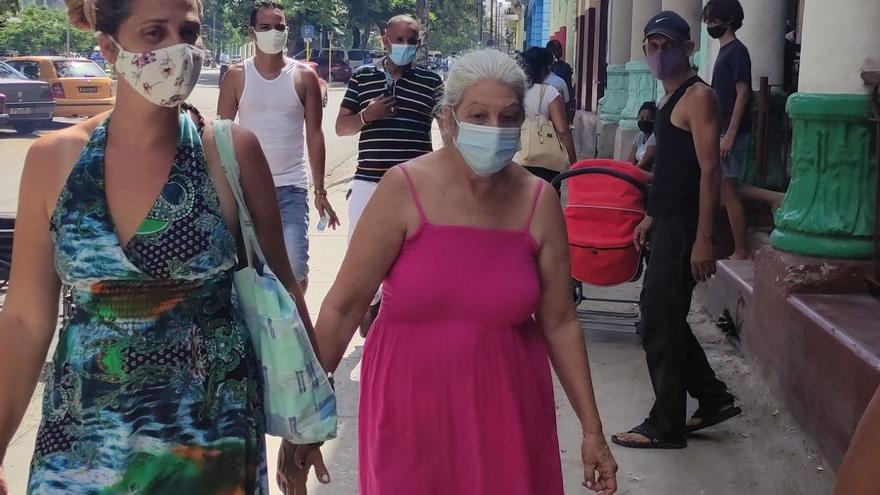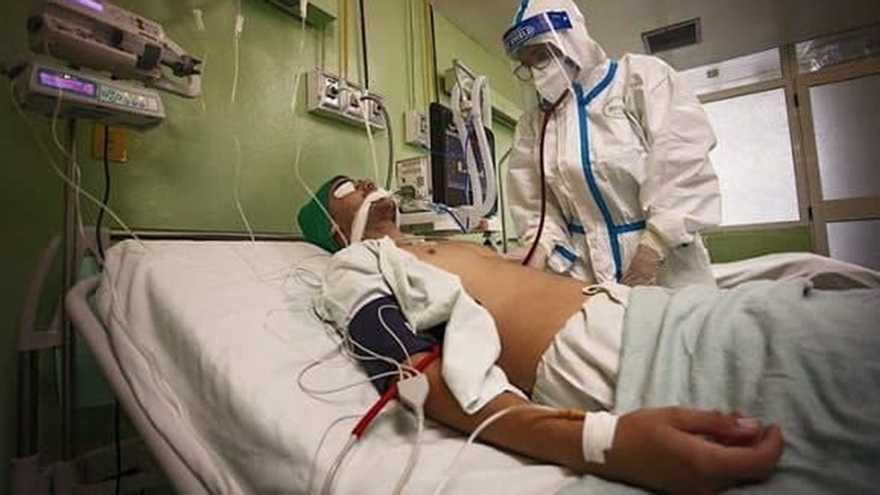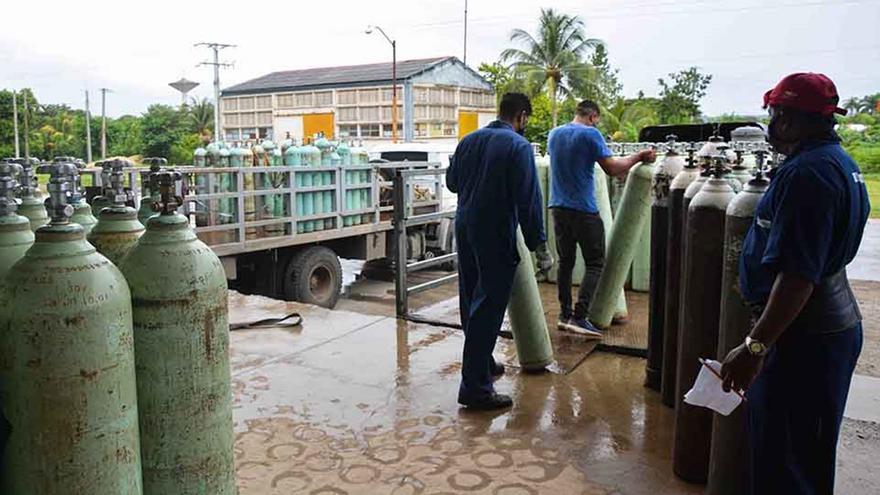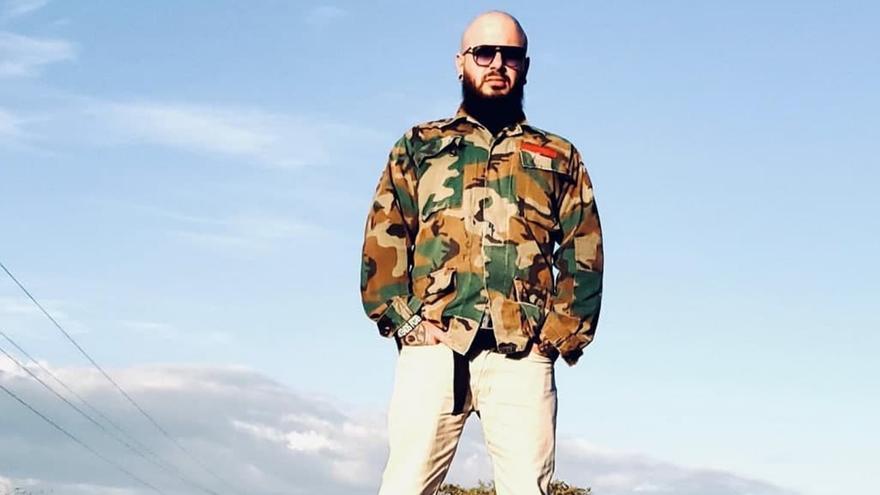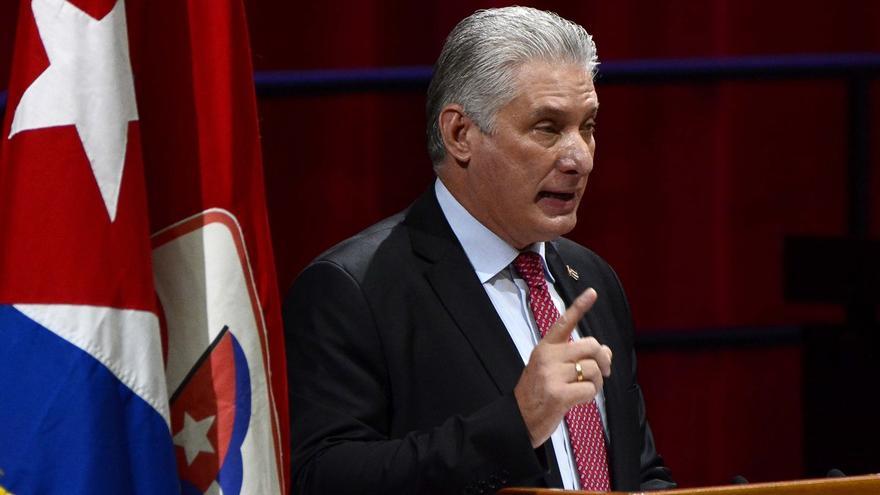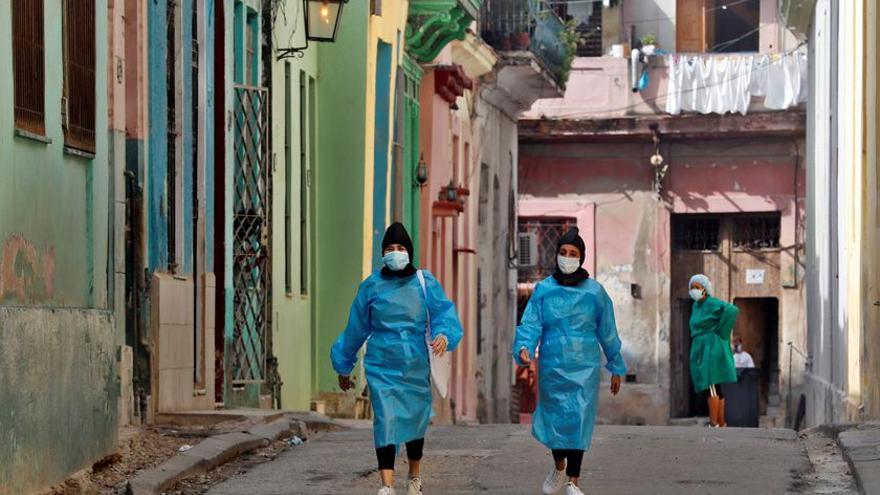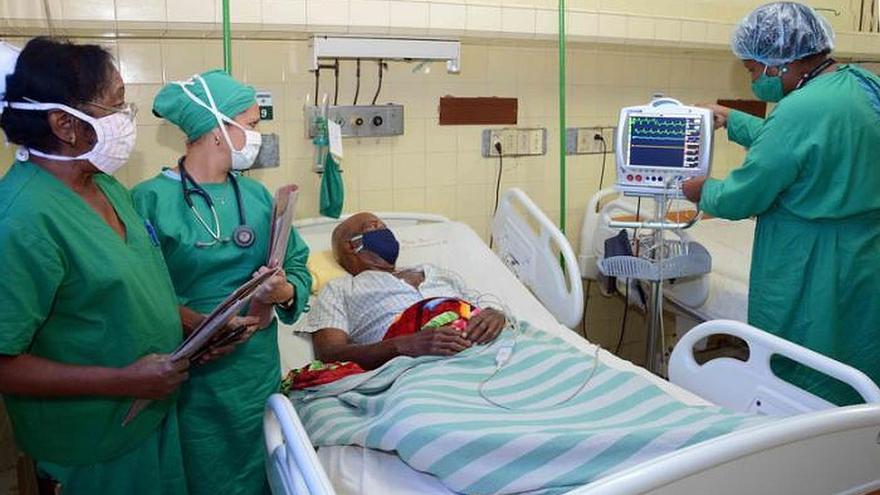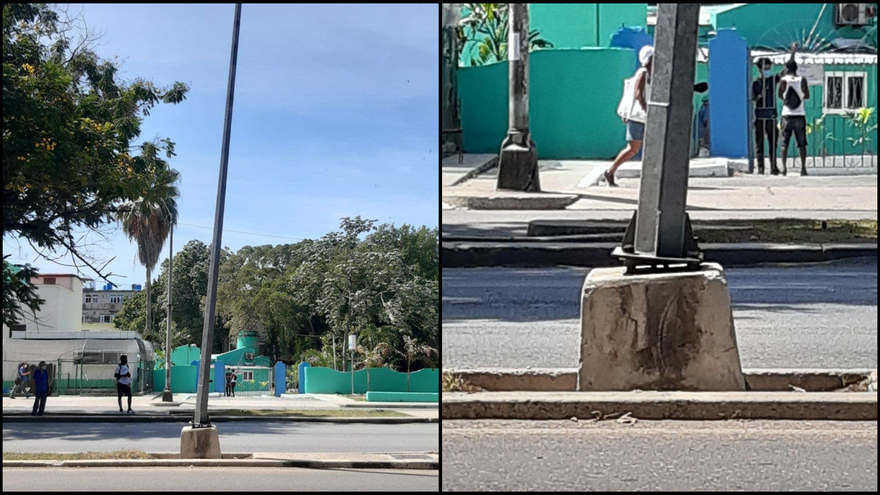“In recent days 32, 34 patients have died. Last night 36 patients died, of which only 4 had a positive PCR at the time of death. They are the only ones registered as dead by coronavirus, but in reality the other 32 were post-covid patients and they don’t count them,” says the source.
The doctor adds that in the province there are generally one or two deaths of pregnant women a year, but in the last four days there has been a daily death. “That gives an idea of the crisis we are experiencing,” he explains, while reproaching the government for trying to pretend to continue reading
have everything under control, making it difficult for humanitarian aid to arrive.
However, the provincial press continues to move the pieces. A few days ago the Ciego de Ávila newspaper confirmed the lack of oxygen and the precarious situation in the area, and now it is September 5, the official Cienfuegos newspaper, which speaks of an “unprecedented scenario” in an article titled Covid-19 in Cienfuegos: The truth on the Table.
The newspaper denounces the fact that diagnostic tests are lacking, PCRs pile up without results, there is poor management of cases in primary care according to their risk, and that people end up in serious condition in hospitals due to the lack of screening. Added to this is the lack of medicinal oxygen — despite the incorporation of the Armed Forces and Russia into production — and the shortage of medicines and medical supplies.
To all this is added, the newspaper continues, that what the Government promised does not always arrive. “I must tell you that there are problems with food, that in not a few cases breakfast has been eaten late and lunch appears in the afternoon. It also happens that after discharge people have to wait up to three and four hours for transportation,” denounces a citizen.
September 5 also addresses one of the most serious problems, the lack of healthcare personnel. According to the newspaper, of the 701 doctors in the province, 446 are working. Most of those absent are in the care of children and relatives, but many others have tested positive for covid-19.
“There are reports of low medical coverage in isolation centers, this affects the quality of care for patients and represents an overload for the healthcare personnel who work in these spaces (…) In a visit to the Carlos Roloff vocational pre-university, from Cumanayagua, there were 250 people admitted and there were only two doctors to attend that universe,” details Félix Duarte Ortega, of the Central Committee of the Communist Party of Cuba (PCC).
The newspaper reports that the “political authorities of Cienfuegos recognized the effort of those who work in hospitals and isolation centers, in clinics and polyclinics. Those who do not give up despite the thousand and one difficulties that are experienced today.” The strategy is part of the pro-government dynamic of recent days, which tries to soften the conflict created by Prime Minister Manuel Marrero when he blamed doctors, specifically from Cienfuegos, for the violations of protocols that promote the spread of covid-19.
The rebellion of the doctors has grown since that day, both among the usual critics of the regime and in those who believe in it but watched the spectacle of being blamed for managing the disease when they have to fight in the front line against it devoid of resources, and in a framework of war medicine.
“The medical personnel exist and are sacrificing themselves, what does not exist are the means. Many of us believe that they are subjecting us to genocide. While the people die they are watching the doctors to see what they say, if they are in favor or not of the Revolution,” denounces the doctor from Cienfuegos.
President Miguel Díaz-Canel has been tweeting praises to healthcare personnel for three days in an attempt to redirect the situation. On Sunday, when the clamor of the health workers spread through the networks calling for the resignation of Marrero, he said, with little luck: “Today the groups in which we go through life are more visible, according to José Martí: On the one hand those who love and create. And on the other, those who hate and destroy. The former do not lie or slander or defame, they do not hate. They are saving lives. The others cannot with that light.”
A day later, he rectified the divisive message with another that only had a positive tone: “What we have seen the most in this time is the patriotism of our people, the Healthcare personnel, the scientists, of all those involved in the millimeter-level oxygen operation, people who are working full time in complex situations. Thank you all! ” That same day, the official press vindicated the doctors with an article titled At the foot of the patient, the hero who does not serve enemy campaigns, which once again separated the like-minded from the critics.
Yesterday, Tuesday, the campaign continued, with an image on the cover with the faces of doctors and nurses in the article entitled Let’s think about them and take care of ourselves. “Gratitude for the titanic feat assumed by our Health workers in this battle against covid-19 also requires, now more than ever, our responsibility,” says the official newspaper, on this occasion, taking care to refer to the ’rebels.’
Ernesto Haber Santos, a doctor at the Saturnino Lora Hospital in Santiago de Cuba, has rejected, through Facebook, the government’s campaign called Put your heart in it, with a view to once again winning the favor of his star workers for decades.
“We work with the little we have and the hardest we can. Tired, leaving our family and putting it at risk. But one is not willing to publicly assume reality, it is better to look for a culprit, and from what I see, everyone is worth it. We have plenty, we are leaving it it the ground, and at the rate we are going we will have to continue leaving it until who knows when,” he said.
The doctor asks the Government to accept that the situation has reached the limit and to accept help. “The covid-19 overcame us, overcame the United States, Spain and Vietnam,” claims the doctor, who asks the authorities to rectify and recognize the excellence of the countr’s health workers or, on the contrary, to say if they are graduating untrained people and “pride in our medical power is a delusion.”
____________
COLLABORATE WITH OUR WORK: The 14ymedio team is committed to practicing serious journalism that reflects Cuba’s reality in all its depth. Thank you for joining us on this long journey. We invite you to continue supporting us by becoming a member of 14ymedio now. Together we can continue transforming journalism in Cuba.
